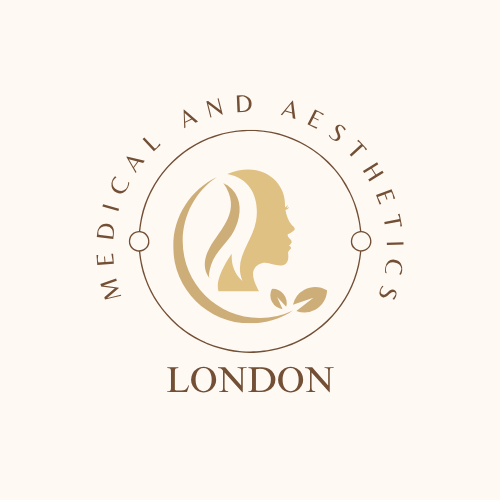Hair Treatments

Platelet Rich Plasma (PRP) Hair loss treatment
PRP is a concentrated plasma that contains a high concentration of platelets and growth factors. Growth factors are essential for tissue regeneration. PRP commonly used in wound healing. This is essential for stimulating tissue regeneration, providing scaffolding for collagen synthesis, skin renewal, and cell growth. PRP will accelerate the skin’s repair process which results in a thicker dermis with softer fine lines and wrinkles, less scarring and improved skin tone.
PRP has been played an essential role in sports medicine for several years prior to being introduced to aesthetic medicine. By stimulating collagen and elastin growth, the platelets can kick start the healing process. A favorite treatment for many celebrities around the world.
PRP rejuvenates the skin and hair. when combined with hyaluronic acid fillers, the results would be even better.
Platelet Rich Plasma (PRP) is a non-surgical method of hair loss treatment and hair restoration for women and men.
PRP contains platelets concentrated up to 5x the normal blood value. Dr Ahmad then takes the PRP, also called “liquid gold” because of its colour, and injects it throughout the scalp. No medications are required pre or post-procedure. PRP contains many growth factors that stimulate hair follicles and can be performed up to every month based on how much hair growth is required.
PRP is a great solution for both men and women, especially when hair transplant surgery is not an option. PRP injections can stimulate new hair growth in men who suffer from androgenetic alopecia, otherwise known as male pattern baldness as well as women who suffer from this condition. Dr Ahmad targets the areas of the scalp where the hair is currently thinning. The procedure will take approximately 30 minutes from the time your blood is drawn until the PRP is injected into your scalp.
PRP has been used for its healing properties in other areas of medicine over the years such as into joints and muscle tissues. It is also used as a cosmetic treatment for the face too, where PRP is combined with micro-needling. This has been labelled the “Vampire Facelift” because it stimulates collagen and rejuvenates the face nonsurgically.
Another factor that makes PRP so popular for patients looking to restore hair is that this is a “natural” way to restore hair. Most medications used to restore hair, such as Propecia, have significant side effects in men (such as erectile dysfunction). These medications are also contraindicated in women, especially those of child-bearing age. PRP treatments can be used in tandem with hair transplantation to help accelerate hair growth. PRP treatments should be performed on average, every 4 to 6 weeks for three sessions. Most of the patients typically see new hair growth after the first 8-10 weeks. Nutritional supplements are also recommended as this can optimize the hair restoration process. Dr.Ahmad will go over a comprehensive plan with you during your initial consultation.
Types of hair loss
Androgenic Alopecia
Androgenic alopecia is a chronic and progressive genetic condition which causes hair loss and affects both men and women. In men this condition is commonly known as male-pattern baldness, and it is an extremely common disorder which affects around 50% of men. In men the hairs recede in a specific pattern, moving the hairline backwards. In women there is a generalised thinning of hair (hair loss Treatment) all over the head.
1-Alopecia Areata
This is an autoimmune condition in which hairs fall out in patches of various sizes. This condition can affect any part of the scalp, beard or eyebrows.
2-Telogen Effluvium
This condition is caused by various physical or psychological stresses. Hair growth takes place in various phases and in this condition more than usual number of hairs move into resting phase and fall.
3-Traction Alopecia
In this condition hair fall due to physical pulling and traction due to different hair styles.
4-Hair loss due to illness or chemotherapy
PRP after recovery from the main condition can stabilise and reverse hair loss. There is increasing clinical evidence that PRP therapy can stimulate hair follicles, strengthen them, reduce follicle destruction, and stimulate natural hair re-growth. It promotes and regenerates hair growth. Moreover, it is also effective for the treatment of hair thinning.
How does it work?
PRP works through stimulating the hair cells (hair follicles) by the action of natural growth factors. These growth factors are released by the specialised cells called platelets which are concentrated in PRP. This PRP is injected into the scalp which in turn increases blood flow to the treated area, strengthens hair and stimulate growth of new hairs.
Microneedling further stimulates hair follicles and works in synergy with the PRP.
Results of PRP hair loss treatment
PRP is not a cure for androgenic alopecia therefore multiple PRP therapy sessions will be needed to maintain the results.
IMPORTANT TO NOTE
Not every type of hair loss can be treated, but a doctor may be able to prevent further hair loss. It can take months before you see results from treatment. No one treatment works for everyone, even two people with the same type of hair loss. Sometimes, hair loss is stubborn and requires trying different treatments before finding one that works.

